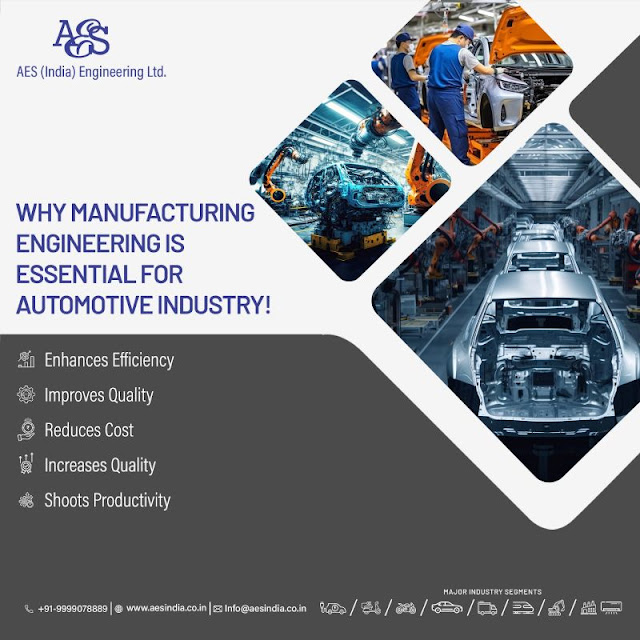Future Trends In Engine Test Cell Facilities
Engine test cell facilities are the lifeblood of the aerospace and automotive sectors. They are dynamic hubs that are always changing to satisfy the ever-increasing demands of technology, not just places for testing. It's amazing to see how these facilities are embracing trends in order to stay ahead of the competition as we look to the future. The incorporation of smart technologies in enginetest cell facilities is a noteworthy trend. These facilities are utilising cutting-edge technology and smart sensors as the automotive and aerospace sectors develop to guarantee real-time data collecting throughout testing. This clever integration unites engines and technology in a harmonious way; it is more than simply a catchphrase.
AESEngine testing facilities are preparing for exciting developments as the car industry moves toward electric power. Their capacity to test electric drivetrains, including as motors, batteries, and hybrid systems, is growing. In response to the popularity of electric cars (EVs), it makes sure that these facilities continue to play a crucial role in the development and testing of EV solutions.
Let's Examine A Few Projected Developments For Engine Test Cell Facilities:
1.Digitalization And Connectivity
These test cells become networked hubs thanks to the harmonious interaction of technologies and sophisticated sensors. This offers a world of options and facilitates smooth collection of real-time data during testing. Imagine a world in which engines are able to express and share comprehensive performance insights. This digital revolution is a revolutionary move toward more accurate, real-time monitoring and in-depth analysis, not only data collection. It is opening the door for previously unheard-of breakthroughs in engine technology.
2.Automation For Efficiency
Automation plays a major role in testing engines of the future. It's like a game-changer, greatly increasing efficiency. By doing the tedious tasks, these automated systems gives some ease to the engineers to focus on more interesting tasks like data analysis and problem-solving. Thus, maximising the potential of testing engines requires more than just working more quickly; it also requires collaborating with technology.
3.Sustainability And Environmental Considerations
Going forward, environmental sustainability will be the main focus of engine testing. It's a dedication to environmentally friendly methods rather than merely a fad. Envision environmentally friendly techniques for test cells combined with power-saving, energy-efficient technologies. This shift to sustainability is about applying technology in a way that benefits our planet, not just about testing engines. It's similar to making development where environmental preservation and advancement go hand in hand.
4.Cybersecurity Measures
Strong cybersecurity policies are necessary due to the increase of networked systems. These precautions cover more ground than just safeguarding private test data. they also include erecting strong barriers to thwart unwanted access, online attacks, and security breaches. Ensuring data security and confidentiality is crucial for technological developments as it not only strengthens the legitimacy of test results but also builds trust in the trustworthiness of the testing process as a whole. To put it simply, cybersecurity is the watchful parent that firmly protects test cell facilities from the constantly changing threats posed by digital technology.
As engine testing evolves, these trends signify a harmonious blend of technological progress, environmental responsibility, and the unwavering commitment to reliable and groundbreaking engine solutions.




Comments
Post a Comment